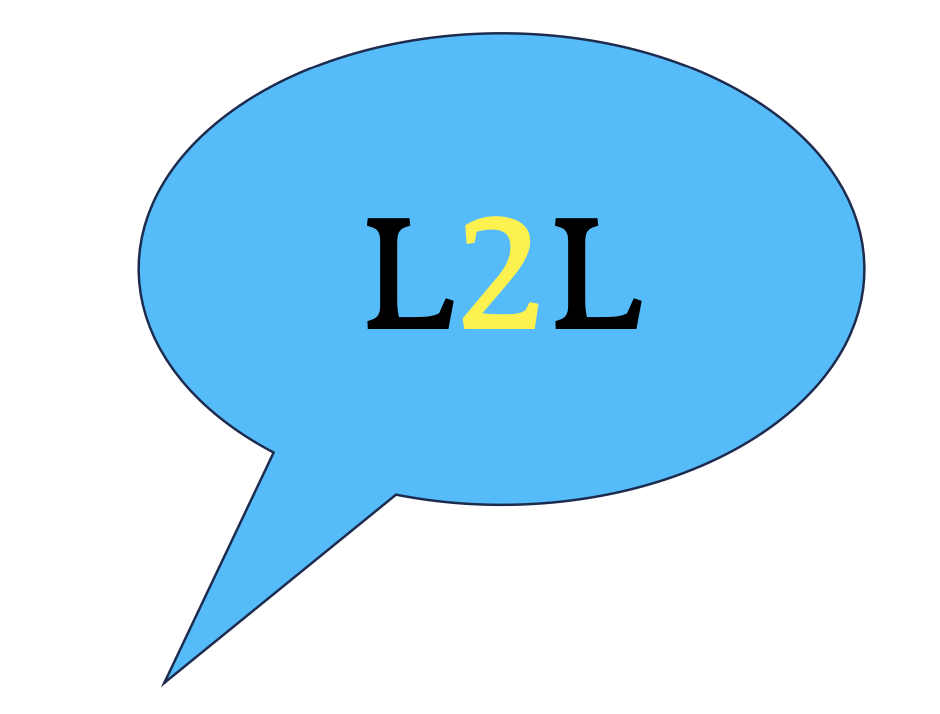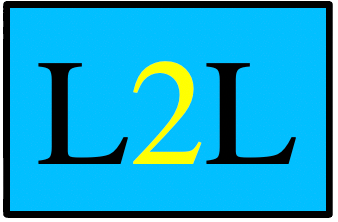The first journey begins with the longest step
- Paul Oesten-Creasey VU.CITY CTO
- Mar 26, 2021
- 4 min read
Updated: May 13, 2021
Last week the Greater London Authority (GLA) put one city scale foot forward on their #plantech journey. Until now, London’s public planning data, the “gold dust” of its built environment sector, was isolated in disparate and barely accessible sources. There are thousands of lines of code dedicated to finding, with some level of automation, what is ostensibly “public” planning data. The Ministry of Housing, Communities and Local Government (MHCLG) has had to resort to scraping the available data from local authorities, sometimes entirely manually. The release of the Planning London Datahub (PLD) changes this, in London at least. Now the built environment sector can go to one source and query London wide, rich, and structured planning data simply and freely. The “gold dust” that now flows via the PLD provides a new model of data usage for the planning technology community in London. We hope to see a sorely needed increase in public engagement from this. The PLD provides accessibility where previously there was merely access. Our citizens are the stakeholders who stand to gain most from this new data accessibility. As a member of the public delving into planning data you are immediately struck by how difficult it is. We expect the planning technology community to act as a lighting rod, connecting the public with this new data source via a plethora of Apps and integrations. Technologists like myself might suggest MHCLG rule that all data, UK wide, cannot be deemed “public” while distributed through hundreds of PDFs and buried in silos. The issue with such a dictate is that at the source, data is filed in under-resourced local government departments. At local government level a skills and resources gap is preventing digital transformation. The situation is more complex than setting standards and those asked to meet them have to be resourced and empowered to do so.

This diagram (from the Connected Places Catapult) shows how standards from central government, through layers of government services and platforms like the PLD, lead to an ecosystem of services developing. The “Devolved land and planning services'' layer is the one that needs investment. This will unlock the downstream value. The Digital Land team at MCHLG are doing an excellent job here, with targeted support for what I hope develops into cornerstones of the new ecosystem. In projects like the PLD we maximise the value of organising authorities like the GLA which are large enough to gather sufficient resources to solve big problems. While maintaining local focus in the application of a practical solution. In order for this project to work, the GLA enlisted the private sector, while keeping control of the code that runs the datahub and the datahub itself. Both Peter Kemp and Will Squires deserve special mention for charting that delicate course successfully. As a member of the London planning technology community I have been awaiting this release for some time. During the agonising wait I have been considering what comes next. Making public data available in the way the PLD has is not new or innovative in terms of technology.
Releasing the data in this way is only momentous for this sector, due to its legacy. We should consider this a first step, and not the state of the art for digital planning in 2021. So what is the "Gold Standard" for planning data accessibility? Unfortunately this is fairly new territory globally and not just for London. We still have a lot of work to do to earn public trust in the planning system using technology. Recent examples which rise above the rest are using 3D to communicate. Public examples from Helsinki to Singapore demonstrate how a city talks to its citizens using 3D models, or “Digital Twins”. The GLA recently collaborated on a pilot “Digital Twin” with the excellent 3D Repo at the Royal Docks in London, to demonstrate what that technology allows.

Uniquely, an accurate Digital Twin of the entirety of London exists, in the form of VU.CITY. London is the only world capital with a 3D model of this standard. Complete coverage at sub meter accuracy. The entire Greater London Authority has been modelled to within 15cm. Most local planning authorities use this model as context to assess most major schemes. Built environment professionals and public sector planners are currently communicating using 3D, in London. It is not unreasonable to expect citizens to be party to the same insight. Thankfully some boroughs agree. VU.CITY have been working with the Royal Borough of Kensington and Chelsea (RBKC). Together we plan to open 3D models to the public gaze during live applications. As the technology now allows, so should the public demand it.
Through a VU.CITY offering entitled “Your.VU” the public will navigate the city street in the style of Google Street View. By leveraging the use of 360 image tours Your.VU can run on any device, with no installation, and with very low hosting costs. This innovation is hopefully bringing interactive 3D planning content to the whole of the RBKC borough. Citizens will be able to review schemes not just from the few choice angles selected for CGIs. They shall also view them from their own dwellings, or from anywhere in the local context. Hopefully this RBKC initiative will inspire other boroughs and eventually the GLA. There is no technical reason why every major scheme in London is not presented publicly, within an interactive 3D scene, as they are privately today.

While VU.CITY can drive changes from the top down via engagements with government bodies, we can all also drive change from the bottom up. Through liaising with the Listen to Locals campaign, and consultation platforms like CommonPlace, I have come to appreciate the power of technology in public engagement. To quote CommonPlace directly: “Technology can unlock transparency, and transparency can unlock trust” VU.CITY are now in the process of trying to find ways of supporting local community groups. Organisations like Listen to Locals can have more impact, through centralising communications with the planning authorities. While VU.CITY are adamant we remain an impartial and trusted intermediary, we are also clear in our vision “The best possible city for all”. This means VU.CITY is bound to build technology to suit users from all walks of life, and to support them in its use. What form that technology and support takes is to be decided. Through the PLD hopefully we are overcoming the initial hurdle. Making the public data, publicly accessible. It's the next hurdle I'm excited about. Making 3D public data publicly accessible, in 3D.




